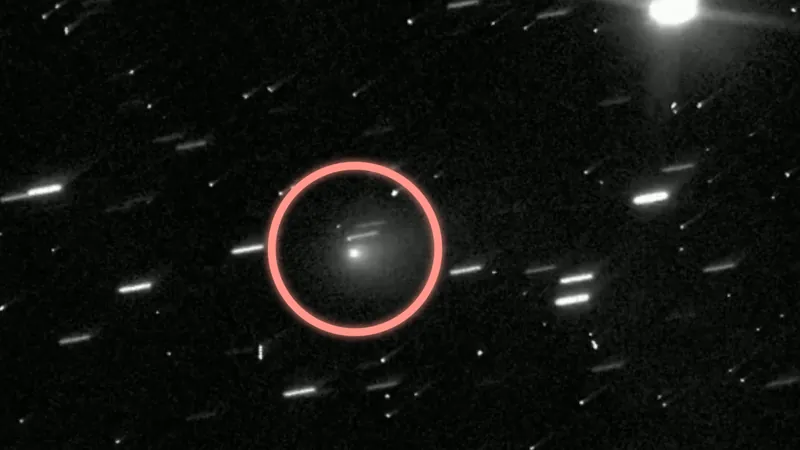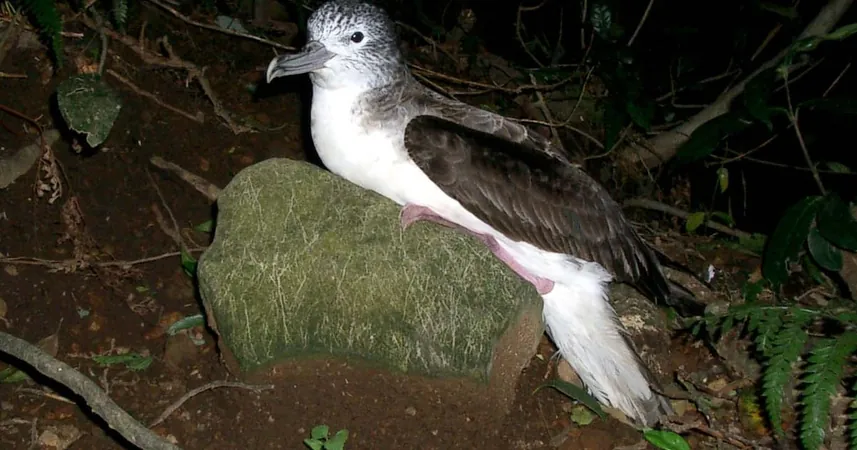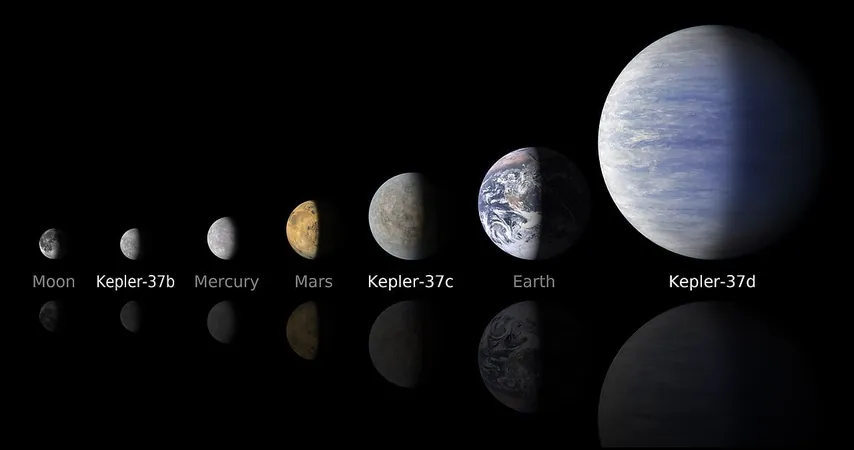
Hubble Discovers Ancient Interstellar Comet 3I/ATLAS
2025-07-22
Author: Benjamin
A Cosmic Sensation Unveiled
In a thrilling development, the Hubble Space Telescope has successfully captured its first images of the remarkable interstellar comet 3I/ATLAS. This comet is just the third-known object to venture into our solar system from the vast cosmos beyond.
A Unique Cosmic Visitor
Before 3I/ATLAS, we welcomed two other interstellar travelers: 1I/'Oumuamua in 2017 and 2I/Borisov in 2019. Both have since moved on from our solar neighborhood, but scientists suspect that other interstellar objects might be lingering undetected.
A Glimpse into the Past
What makes 3I/ATLAS particularly captivating is its origin. Recent analyses suggest that it hails from a region of the Milky Way that predates our solar system’s 4.6 billion-year history by 2.4 billion years. With an estimated age of 7 billion years, this comet could be the oldest we have ever encountered, offering a tantalizing window into the universe's early days.
Social Media Buzz
The excitement surrounding 3I/ATLAS exploded on social media when astrophysics student astrafoxen announced the Hubble images shortly after they were taken. Enthusiasts were treated to views of the comet's fluffy coma, sparking increased interest and anticipation among researchers.
Scientific Insights and Discoveries
A preprint paper detailing initial findings about 3I/ATLAS reveals fascinating insights: it is an active comet rich in water ice, with dust resembling that of D-type asteroids—organic molecule-rich bodies with icy interiors. This discovery could reshape our understanding of these enigmatic interstellar objects.
Astronomical Collaboration
Since its detection by the ATLAS survey telescope on July 1, 2025, a plethora of observatories have aimed their instruments at 3I/ATLAS. Notably, the Vera C. Rubin Observatory, boasting the largest digital camera in history, will soon track the comet from afar. This innovative facility is expected to discover a multitude of interstellar objects during its decade-long mission.
The Future of Interstellar Research
While 3I/ATLAS captivates researchers now, it represents just the beginning of a rich exploration into the cosmos. Astronomers are excitedly preparing to unravel the secrets behind interstellar bodies, and 3I/ATLAS could be the key to understanding planetary systems far beyond our own.









 Brasil (PT)
Brasil (PT)
 Canada (EN)
Canada (EN)
 Chile (ES)
Chile (ES)
 Česko (CS)
Česko (CS)
 대한민국 (KO)
대한민국 (KO)
 España (ES)
España (ES)
 France (FR)
France (FR)
 Hong Kong (EN)
Hong Kong (EN)
 Italia (IT)
Italia (IT)
 日本 (JA)
日本 (JA)
 Magyarország (HU)
Magyarország (HU)
 Norge (NO)
Norge (NO)
 Polska (PL)
Polska (PL)
 Schweiz (DE)
Schweiz (DE)
 Singapore (EN)
Singapore (EN)
 Sverige (SV)
Sverige (SV)
 Suomi (FI)
Suomi (FI)
 Türkiye (TR)
Türkiye (TR)
 الإمارات العربية المتحدة (AR)
الإمارات العربية المتحدة (AR)